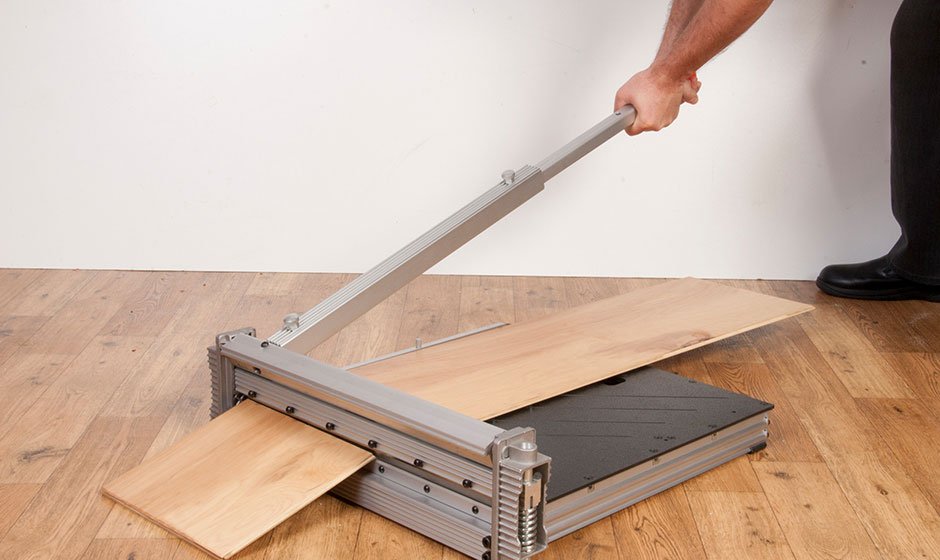Vinyl flooring has been a famous choice for homeowners for many years due to its durability, affordability, and ease of installation. Nevertheless, there may arrive a time when you need to replace or upgrade your vinyl flooring, and that’s when the question arises: What is the best way to get vinyl flooring up? We will explore diverse strategies for yanking vinyl flooring, each with its unique advantages and considerations.
Method 1: Heat and Peeling
One of the most effective ways to remove vinyl flooring is by using heat to soften the adhesive and then carefully peeling the flooring off. This method is suitable for both self-adhesive vinyl tiles and vinyl sheets. To begin, you will need a heat gun or a hairdryer. Start by heating a small section of the vinyl flooring, ensuring not to overheat it, as this can release harmful fumes. Once the vinyl becomes pliable, use a putty knife or a flooring scraper to gently lift the edges and peel the vinyl away from the subfloor. Labor in small sections, gradually heating and peeling until the entire floor is removed. Advantages of this method include minimal damage to the subfloor and ease of control. However, it can be time-consuming, especially for larger areas, and may require patience and physical effort.
Method 2: Chemical Adhesive Removers
Chemical adhesive removers are readily available in hardware stores and can be a convenient alternative for removing vinyl flooring, mainly when other methods are less effective. These products are designed to dissolve the adhesive, making it easier to skin the vinyl away. To use a chemical adhesive remover, follow the manufacturer’s instructions carefully. Typically, you’ll apply the remover to the vinyl flooring, allow it to penetrate for a specified time, and then use a scraper or putty knife to lift the vinyl. This method is effective but may involve solid odors and the need for proper ventilation. Wearing protective gear, including gloves and a mask, is paramount when utilizing chemical removers.
Method 3: Mechanical Removal
Mechanical removal may be the best option for stubborn vinyl flooring that doesn’t respond well to heat or chemical removers. This method involves using heavy-duty equipment like a floor scraper or a power chisel to physically detach the vinyl from the subfloor. Before using mechanical removal methods, ensure you have the necessary safety equipment, such as safety goggles and ear protection. Also, be prepared for a more labor-intensive and potentially messy process. You must exert significant force and control to avoid damaging the subfloor. While mechanical removal can be effective, it is often considered a last resort due to the potential for subfloor damage and the physical effort mandated. It’s advisable to consult with a professional if you need clarification on using this method.
Method 4: Cutting and Peeling
In some cases, cutting the vinyl flooring into smaller sections can make removal more accessible, especially if the vinyl is glued down firmly. This method is suitable for both vinyl sheets and tiles. To use the cutting and peeling method, first, use a utility knife or a vinyl flooring cutter to score the vinyl into manageable strips or squares. Once you’ve cut the vinyl into smaller sections, you can use a putty knife or scraper to lift and peel them away from the subfloor. This approach authorizes you to work in smaller, more manageable areas, reducing the risk of damaging the subfloor. The cutting and peeling method is efficient and minimizes subfloor damage, making it a practical choice for DIY enthusiasts. However, it can be time-consuming, especially for larger spaces, and may mandate careful precision when cutting to avoid accidents.
Method 5: Steam and Scrape
Using steam to soften vinyl flooring adhesive is another effective way to remove it. This method is suitable for tiles and sheets and less likely to damage the subfloor than other techniques. You’ll need a steam machine or a handheld steam cleaner to use the steam and scrape method. Apply the steam directly to the vinyl flooring, focusing on a small section at a time. As the adhesive softens, use a scraper or putty knife to lift and peel away the vinyl gently. Be cautious not to overheat the vinyl or the subfloor. The steam-and-scrape method is environmentally friendly and efficient, making it a popular choice for DIY enthusiasts. Nevertheless, a steam machine or cleaner may require some upfront investment.
When removing vinyl flooring , there is no one-size-fits-all method, as the best approach depends on various factors, including the type of vinyl, the condition of the adhesive, and your preferences. Whether you choose to use heat, chemical adhesive removers, mechanical removal, cutting and peeling, freezing and shattering, or steam and scrape, it’s paramount to prioritize safety and take your time to minimize the hazard of subfloor damage. Contact California Flooring and Design in San Diego, CA , if you need any help related to vinyl flooring.

